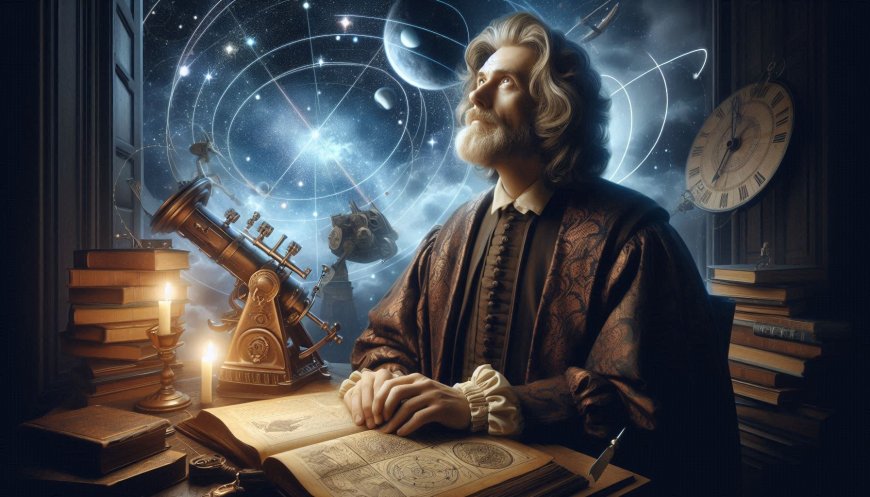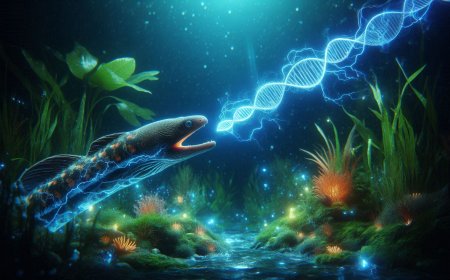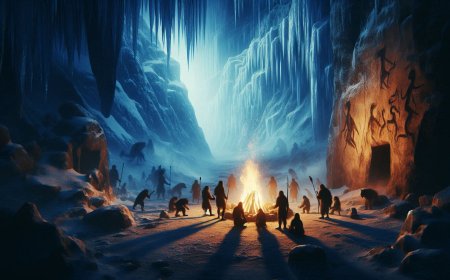The Dreamer of the Skies: John Wilkins and the Jacobean Space Program
Explore the visionary ideas of John Wilkins, a 17th-century philosopher, who dreamt of space travel during the Jacobean era. Discover his innovative theories, celestial ambitions, and how he laid the foundation for a fantastical early space program.

In 17th-century England, over three centuries before Neil Armstrong set foot on the Moon, a remarkable yet little-known figure dreamed of interstellar exploration. Dr. John Wilkins, a visionary scientist and theologian, dared to imagine humanity’s journey to the Moon. His audacious space proposal, crafted in the 1640s, was an ambitious blend of wings, springs, and gunpowder—a blueprint for a spacecraft that would challenge the limits of human knowledge.
Wilkins’ Revolutionary Concept
In 1640, at the tender age of 26, Wilkins outlined a detailed plan for space travel, envisioning communication and even trade with extraterrestrial beings. In an era where Galileo and Copernicus had already redefined humanity’s place in the universe, Wilkins took the next logical step: devising a way to reach these otherworldly destinations.
At the time, the scientific world was in a golden age of discovery. As Oxford University’s Professor Allan Chapman describes, this period was a time of expanding horizons—both on Earth and in the heavens. Wilkins’ proposal came from this fertile ground of exploration. He believed that Earth’s gravitational and magnetic forces only extended about 20 miles above the surface. Beyond that point, he hypothesized, space travel would become not only possible but practical. His vision mirrored the daring voyages of terrestrial explorers like Francis Drake and Walter Raleigh, who had opened the doors to new continents. Now, Wilkins sought to open the doors to the stars.
Divine Inspiration and Mechanical Ingenuity
Wilkins was more than just a scientist; he was a theologian who saw his quest for space as a divine mission. He argued that if God had created other worlds, then surely they were meant to be explored and inhabited. This celestial calling inspired Wilkins to design a ‘flying chariot’—a machine that fused clockwork precision, feather-coated wings, spring mechanisms, and gunpowder-powered propulsion. The ingenuity of this design reflected Wilkins’ boundless ambition and his desire to bring the heavens within reach.
Yet, alongside his mechanical innovations were some unconventional beliefs. Wilkins theorized that in space, humans would require less food. On Earth, he reasoned, gravity pulled food out of our stomachs, creating the need for constant consumption. But in the weightless environment of space, he imagined, such hunger would be minimal, allowing travelers to endure longer journeys with fewer supplies.
The Unraveling of a Dream
By the 1660s, however, Wilkins’ bold ideas began to falter. The discoveries of scientists like Robert Boyle and Robert Hooke revealed the existence of a vacuum in space, shattering Wilkins’ belief in a breathable, magnetic expanse beyond Earth’s atmosphere. The ‘sphere of magnetic virtue’ that he had envisioned was no longer viable, and Wilkins was forced to confront the scientific realities that contradicted his earlier assumptions.
Despite these setbacks, Wilkins’ work remained a remarkable achievement for its time. His ideas may never have been tested, but they marked one of the first serious contemplations of space travel. His visionary thinking, though flawed, set the stage for future generations of explorers and scientists.
The Legacy of Jacobean Space Travel
Wilkins’ dream of space exploration—what Professor Chapman has dubbed the ‘Jacobean Space Programme’—was a leap of imagination that transcended the scientific limitations of his day. While his spacecraft never left the ground, his ideas floated far beyond the reach of his era’s knowledge. Wilkins’ work was a precursor to the space race of the 20th century, a bridge between the age of discovery and the era of space exploration.
His story is a testament to the power of human curiosity and ambition. In a time when the mysteries of the cosmos were just beginning to unfold, John Wilkins dared to imagine what lay beyond the stars. He may not have reached the Moon, but he paved the way for those who eventually would.
In the end, Wilkins’ audacious dream reminds us that the pursuit of the impossible often begins with a single, bold idea. His flying chariot may have been grounded by scientific realities, but his legacy as a dreamer of the skies continues to inspire us to look up and wonder what lies beyond.
What's Your Reaction?








































































































